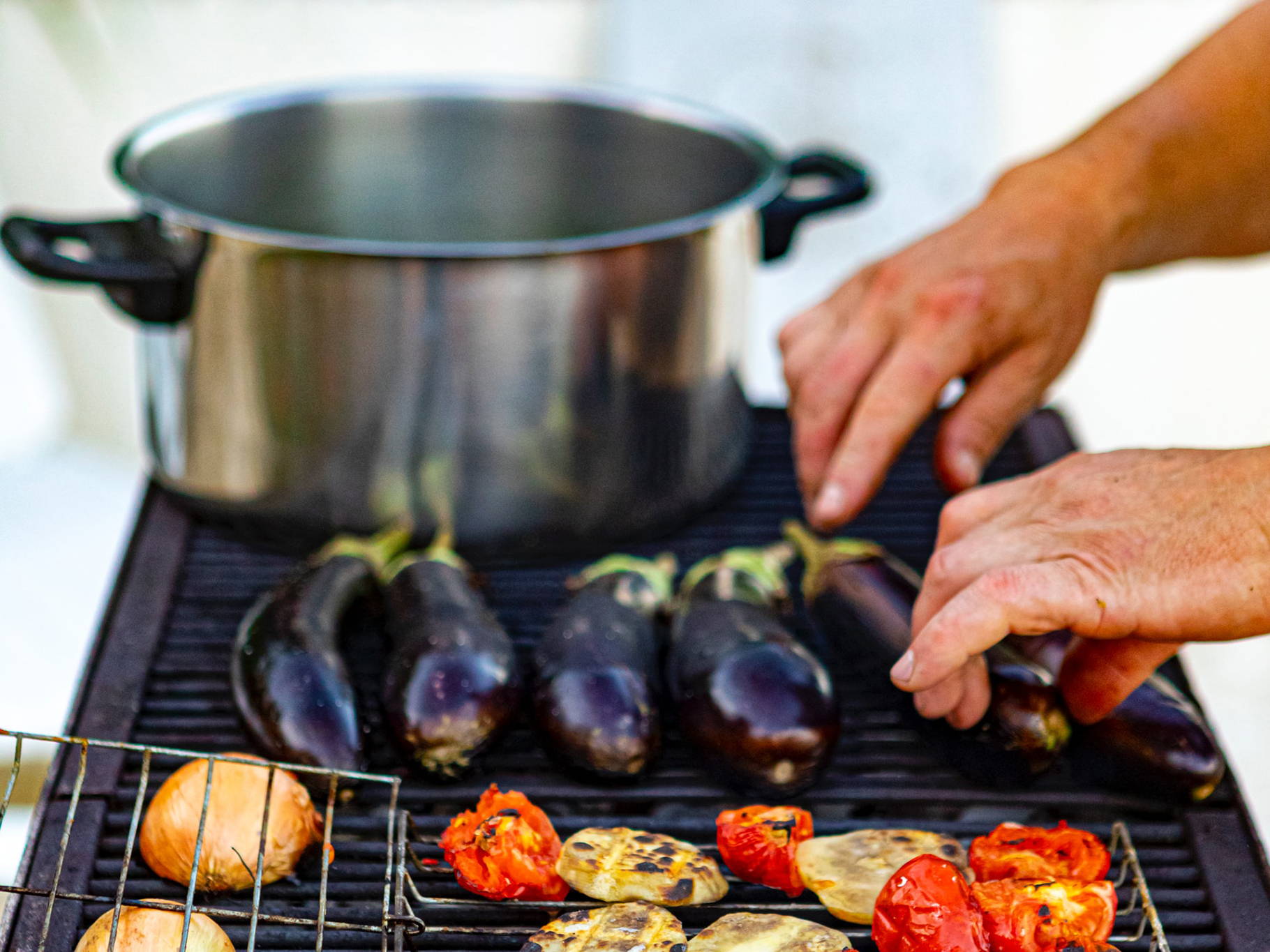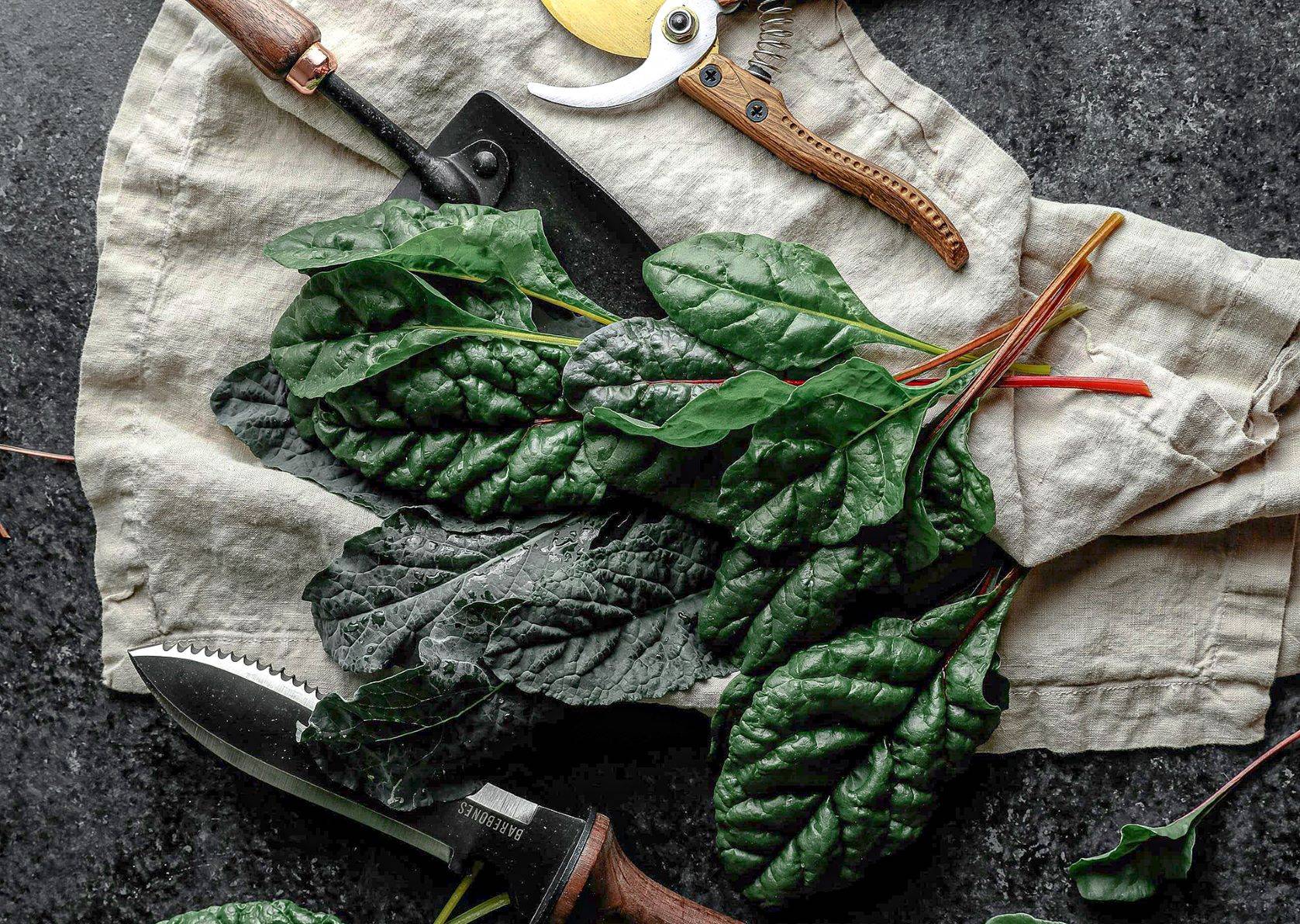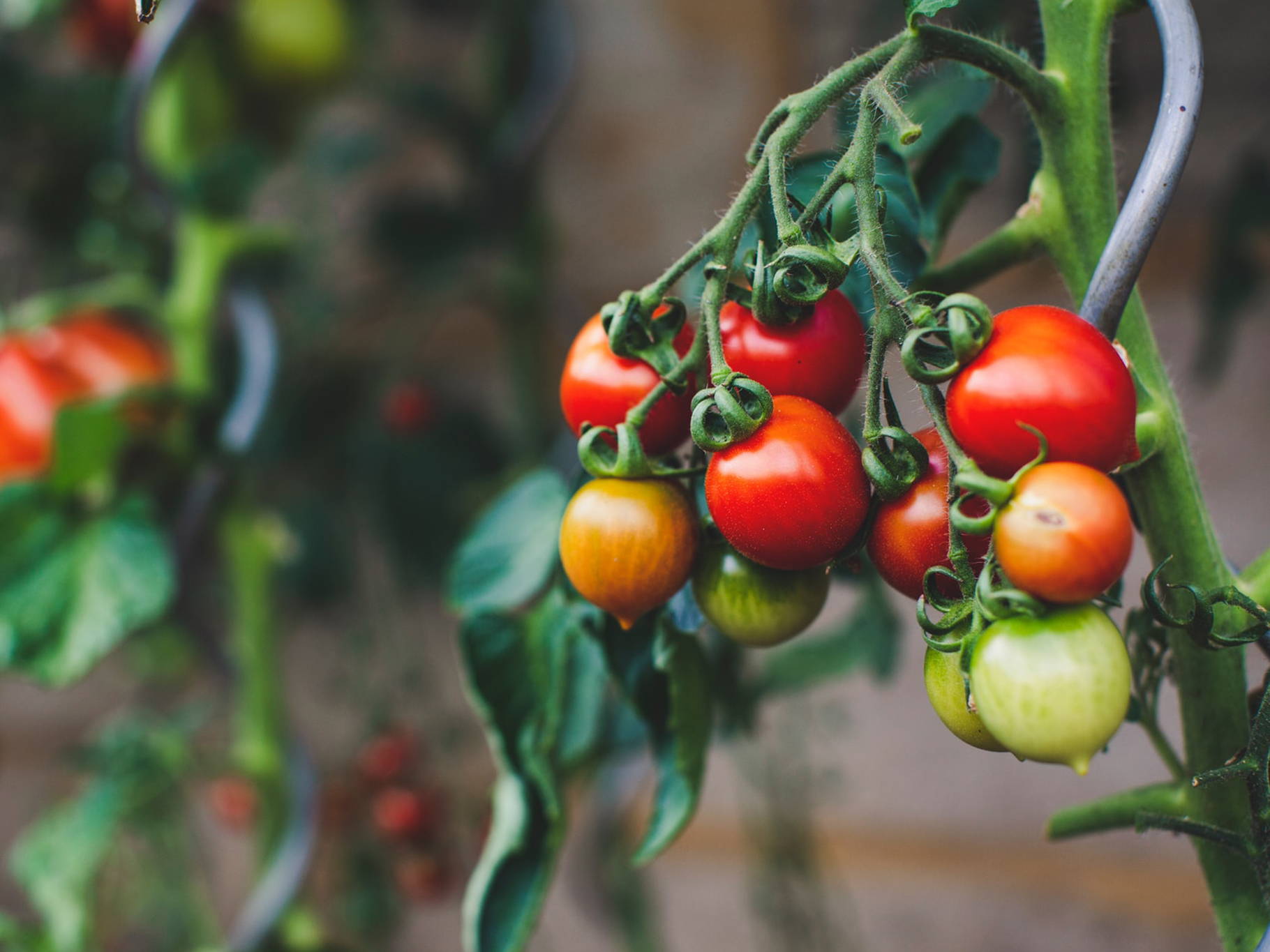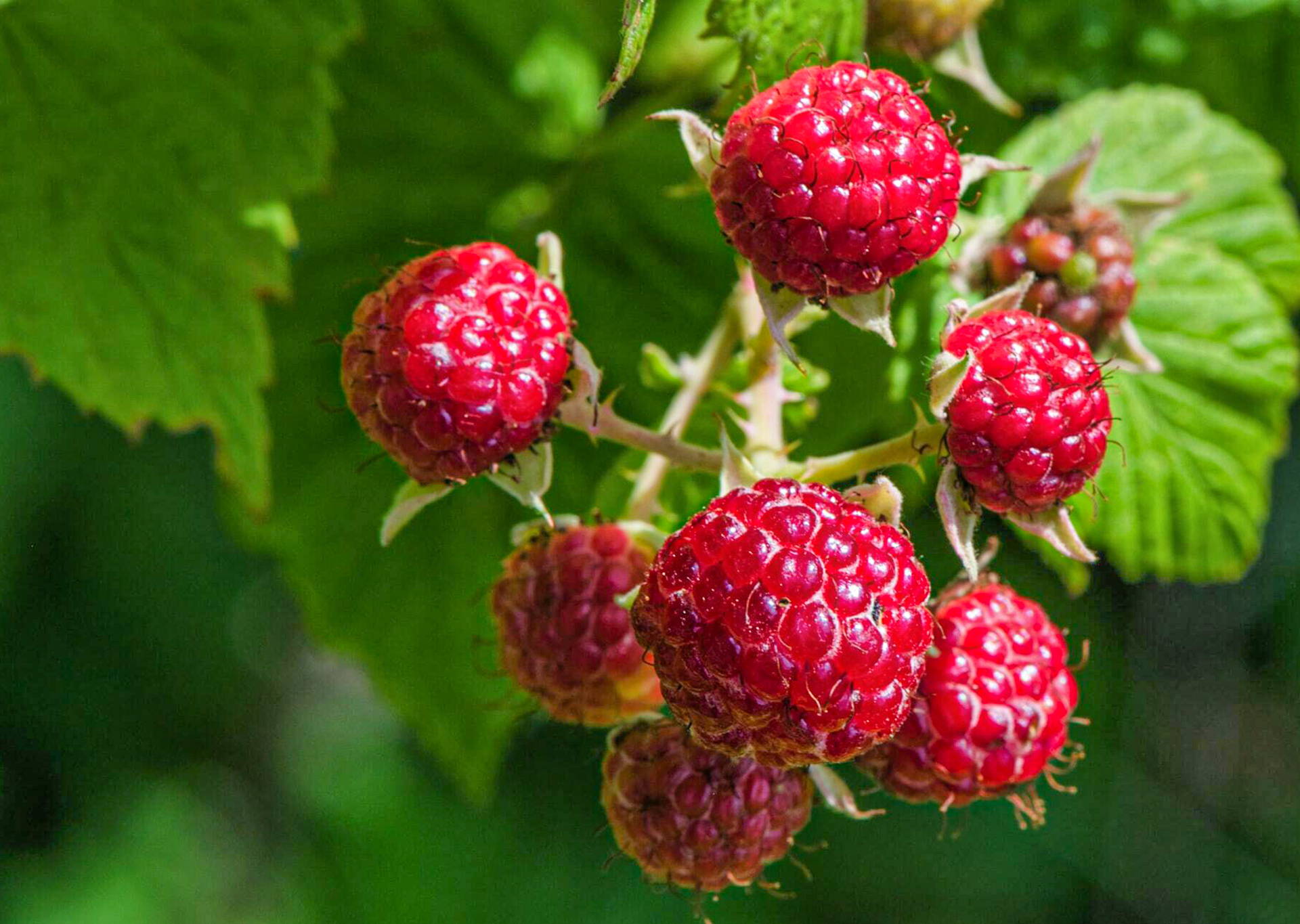How to eat seasonally this summer
SAVOUR THE SUMMER SEASON
As you may already know, here at ZENB we’re big fans of eating the finest fruit and veg when it’s in season.
It’s eco-friendly, as less energy and materials are needed for production, travel and packaging. And because it has ripened in its own good time, seasonal fruit and veg is fresher, tastier and higher in naturally occurring nutrients.
You’ll find the best seasonal produce in farm shops and farmers’ markets, but a bit of foraging online and in your local shops and supermarkets should also uncover the best of Mother Nature’s current crop.
So here’s our top picks for the seasonal fruit and veg to help make summer dining sublime:

Aubergines:
In brief: Beginning in June, aubergines truly blossom in July.
The goods: With a mildly smoky taste and good at soaking up flavours, aubergines are high in fibre, vitamins B1 and B6, and essential minerals.1
To eat: Great in stews, salads and curries. Try them baked, grilled or barbequed.
Broccoli:
In brief: Don’t be fooled by the supermarket shelves, broccoli simply basks in the summer.
The goods: With a mild, earthy flavour, broccoli is a cauldron of vitamins and minerals, including vitamins A, C, E, K and a raft of B vitamins. Good for your heart, bones, eyes and most other bits too.4
To eat: Steam or boil and drizzle in olive oil for a tasty side; let cool and add to salads, or toss into a stir fry like our Easy Beef Tenderloin, Broccoli and Fusilli Stir Fry.

Chard:
In brief: June to August is the first of its two annual seasons. October to April is the other, if you’re counting.
The goods: Like a bolder-tasting spinach, chard is a powerhouse of nutrition, including vitamins A, C, E and K. calcium, iron, magnesium and potassium.2
To eat: Try raw in summer salads, as a side boiled or sauteed or added to pies, soups and stews.
Courgettes:
In brief: In season from June until October, courgettes shine in the summer.
The goods: Pleasantly bitter when raw and sweet when cooked, courgettes are a good source of vitamin C and potassium, and half a big one counts as one of your five-a-day.3
To eat: Spiral into salads or lightly fry in butter, slice into couscous, roast or barbecue until slightly charred.
Mangetout:
In brief: Imported mangetout can fill a gap, but the greenest, crispiest UK mangetout only comes out to play from June till September.
The goods: With a sweet, garden-fresh taste, mangetout are a brilliant source of B vitamins and lutein, which helps promote healthy eyes.5
To eat: Cut in half for stir-fries or cook in a microwave to retain their crispness and serve cold in a salad.
Spring onions:
In brief: The youngest and most tender spring onions with straight leaves and white bulbs are only found in early summer.
The goods: With tangy green tips and a bulb with real bite, spring onions are high in vitamins A, C and B2, along with plenty of essential minerals.7
To eat: Fine in salads and sandwiches but best when chopped and added to a dish just before serving.

Tomatoes:
In brief: The UK tomato season runs from June to October.
The goods: Sweet and tangy and technically a fruit, tomatoes are little bombs of goodness, including vitamins A, C and K, and may help protect your skin from sun damage.8
To eat: Cooked or uncooked, they’re simply great in sauces, soups, stews or salads. Roasted on the vine helps retain their sweetness.
Watercress, spinach & rocket:
In brief: Three for the price of two, this trio of leafy greens almost magically come into season just when we need them the most.
The goods: Between them the peppery watercress and rocket and mild the fresh-flavoured spinach serve up a supernova of nutrients, including vitamins A, B9, C and K, manganese and calcium.6
To eat: Perfect partners together in a salad with some asparagus soup or to give a fresh and tangy edge to your sandwich.

Raspberries:
In brief: Summer-fruiting raspberries are ripening from June, with more becoming just perfect in July.
The goods: With their intensely sharp taste that melts into sweetness, raspberries are the classic ‘super berry’: rich in vitamins, potassium and helpful antioxidants.9
To eat: Sublime on their own, but a key ingredient with caster sugar, bread and whipped cream in the classic English Summer Pudding.
Gooseberries:
In brief: Grab them while you can, as gooseberry season – from June to July and lingering a little into August – is gone in the blink of an eye.
The goods: Early gooseberries tend to be tart and become softer and sweeter later, and are packed with nutrients such as vitamins C, B5, B6, essential minerals and fibre.10
To eat: Enjoy the later-season sweet gooseberries raw, but they’re at their best baked into the yoghurt-based fruity syllabub, Gooseberry Fool.
And remember, you can often eat more of your seasonal fruit and veg than you’d think, so always check.
You can discover more about some of the surprising parts of plants that are packed with goodness here.
1. https://www.bbcgoodfood.com/howto/guide/ingredient-focus-aubergines
2. https://www.healthline.com/nutrition/swiss-chard#nutrition
3. https://www.jamieoliver.com/vegepedia/courgette/
4. https://www.bbcgoodfood.com/howto/guide/health-benefits-broccoli
5. https://www.checkyourfood.com/ingredients/ingredient/624/mange-tout
6. https://www.checkyourfood.com/ingredients/ingredient/1780/watercress-rocket-and-spinach-salad
7. om/articles/health/10-reasons-why-spring-onions-should-be-included-in-all-your-recipes/photostory/65009786.cms?picid=65009809
8. https://www.health.com/nutrition/health-benefits-tomatoes
9. https://www.bbcgoodfood.com/howto/guide/health-benefits-raspberries
10. https://www.healthline.com/nutrition/gooseberries#TOC_TITLE_HDR_3



